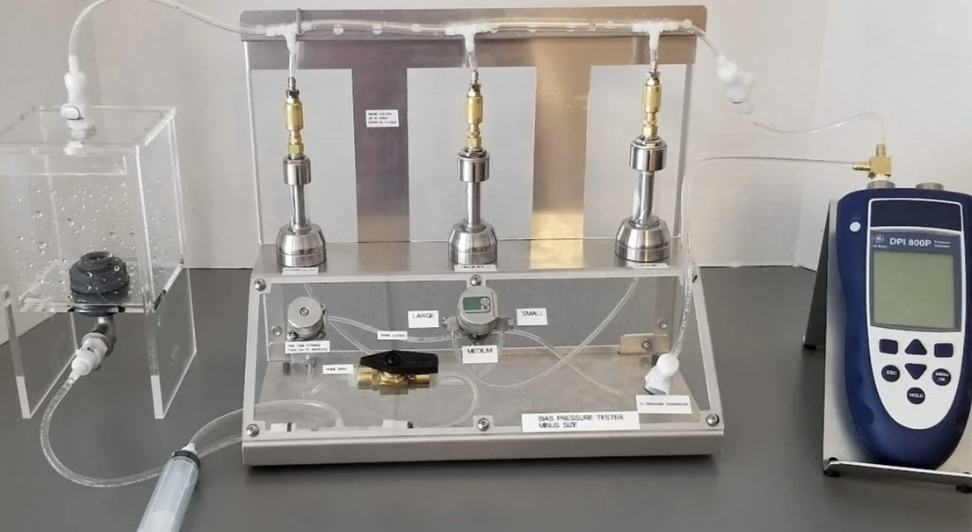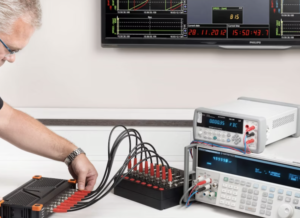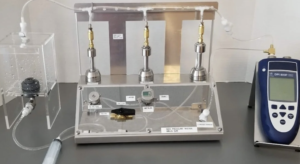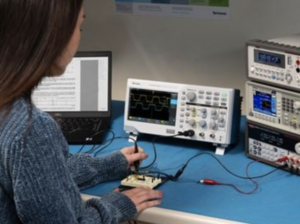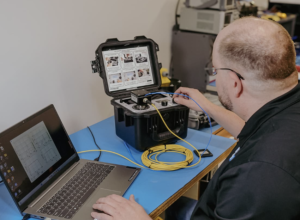Top Factors to Consider When Purchasing a Data Acquisition System for Geotechnical Labs
Choosing a data acquisition system (DAQ) for triaxial, oedometer, permeability, or cyclic tests is more than picking channels and a sampling rate. The right DAQ must speak your sensors’ language, sample fast and clean, fit your software workflow, and grow with your lab—without breaking traceability or budgets.
What Role Does Sensor Compatibility Play?
If the DAQ can’t condition and read your sensors correctly, everything else falls apart. Start here.
Match the electrical interface
- mV/V bridge sensors1: load cells, pressure transducers, some volume-change devices → need stable bridge excitation (2.5–10 V), low-noise amplification, shunt/zero features.
- LVDTs / displacement transducers: require AC/DC excitation and demodulation or high-resolution analogue inputs.
- Voltage / current outputs: ±10 V, 0–5 V, 4–20 mA from smart transmitters or controllers.
- Digital & bus sensors: encoders, RS-485/Modbus, CAN, or Ethernet (nice for pumps/valves/encoders).
- IEPE/ICP (if you do cyclic/dynamic): constant-current excitation.
Mechanical & environmental fit
- Shielded cabling, proper connectors (BNC, DIN, 5-pin LVDT), strain relief, temperature compensation, and ingress protection suitable for wet benches.
- Multi-point calibration routines (up/down), linearity & hysteresis checks, certificate storage, expiry reminders, and per-channel units/scale factors.
Quick map
| Sensor/Channel | DAQ Requirements | Notes |
|---|---|---|
| Load cell (mV/V) | Bridge excitation, low-noise amp, 24-bit ADC | Shunt cal, thermal stability matters |
| Pore/cell/back pressure | mV/V or 0–5 V; stable excitation or clean AI | Temp-comp transducers preferred |
| LVDT (displacement) | Dedicated LVDT module or clean ±10 V AI | Rigid mounting to cut mechanical noise |
| Volume change (pump/encoder) | Digital counts or analogue in | Derive flow/volume in software |
| Temperature | RTD/thermistor input, linearisation | Helps drift diagnostics |
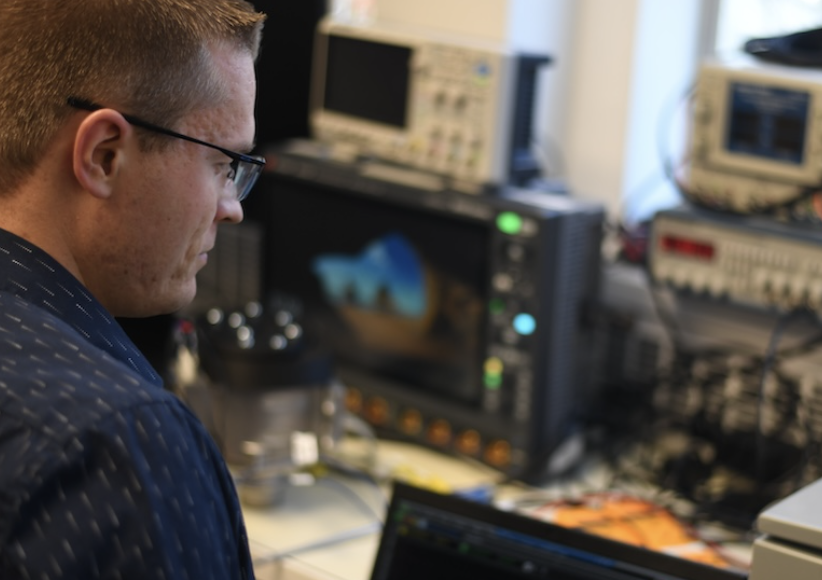
Why Is Sampling Speed Important?
You need enough speed to capture real behaviour—no more, no less.
Monotonic tests (CU/CD, consolidation)
- Typical 5–20 Hz for load/pressure; 20–50 Hz for displacement if you control by strain rate.
- Use anti-alias filters3 (cut-off near 2–5 Hz for load/pressure) to keep curves clean without lag.
Cyclic/dynamic tests
- Higher rates (100–1,000+ Hz) with simultaneous sampling across channels to maintain phase.
Clock & synchronisation
- One shared hardware clock4 so load, displacement, and pore pressure are truly in phase—critical for (q)–(p’) paths and B-checks.
Rule of thumb
- Set sample rate ≥ 10× the highest signal bandwidth of interest; then apply appropriate low-pass filtering.
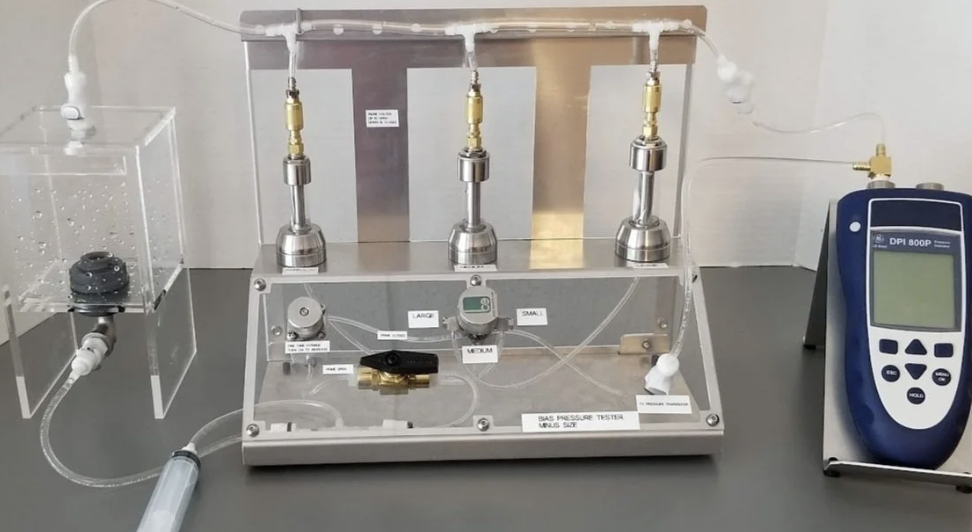
How Does Software Integration Affect Workflow?
Software is where your DAQ becomes productivity.
Calculated channels
- Built-ins for (q), (p’), (\varepsilon_a), (\varepsilon_v), B-value, secant/Young’s modulus windows, peak/post-peak criteria.
Automation & safety
- Scripted stages (saturation → consolidation → shearing), interlocks (over-pressure, over-stroke), and stop conditions5 (strain limit, strength drop, u-excess).
Data integrity
- Auto-save and checkpointing6, checksums, role-based access, audit logs (ISO/IEC 17025-friendly).
Openness
- Export CSV/TDMS/Parquet with metadata (operator, calibration IDs, firmware), APIs or LIMS connectors for report pipelines.
Template governance
- Versioned method and channel templates prevent “unit/scale” surprises when PCs or firmware change.
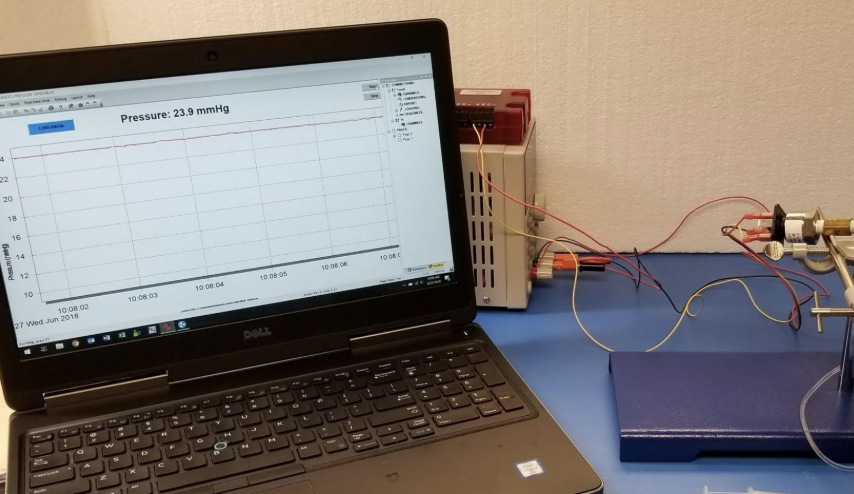
Why Consider Long-Term Scalability?
Your lab will add rigs, sensors, and methods. Plan for it now.
- Modular chassis or networkable DAQs; spare analogue/digital slots; easy expansion to additional triaxial cells or cyclic modules.
Performance headroom
- Extra resolution (18–24 bit), clean excitation, isolation between channels, and spare CPU/network capacity for more tests running in parallel.
Service & lifecycle
- Field-replaceable modules, long-term firmware support, documented APIs, and clear calibration/service paths.
Total cost of ownership (TCO)8
- Up-front cost vs. savings from fewer re-tests, quicker reporting, and lower downtime. Choose a platform with parts and support available for 5–10 years.
Buyer’s Quick Checklist
Compatibility
- [ ] Bridge excitation for mV/V; LVDT support; ±10 V / 4–20 mA; digital buses if needed
- [ ] Proper connectors, shielding, and strain relief
- [ ] Multi-point calibration, certificate storage, expiry alerts
Data quality
- [ ] 16–24-bit ADCs with anti-alias filters
- [ ] Shared hardware clock; simultaneous sampling where required
- [ ] Noise specs published (rms, ENOB)
Software
- [ ] Calculated channels (q, p′, B, strains) & scripted stages
- [ ] Auto-save, checkpoint files, audit log, user roles
- [ ] Open exports (CSV/TDMS/Parquet) + LIMS/API
Efficiency & safety
- [ ] Live diagnostics (leak checks, drift alarms)
- [ ] Interlocks for pressure/stroke; stop conditions
- [ ] Template/version control for methods
Scalability & support
- [ ] Modular expansion; spare channels for growth
- [ ] Long-term firmware/service roadmap
- [ ] Clear calibration/service pricing
Example Starting Specs (triaxial, monotonic focus)
| Item | Recommended Starting Point |
|---|---|
| ADC & resolution | 24-bit for mV/V, 18-24-bit for ±10 V inputs |
| Sampling (load/pressure) | 10–20 Hz with 2–5 Hz low-pass |
| Sampling (displacement) | 20–50 Hz with 5–10 Hz low-pass |
| Clocking | Single hardware clock across channels |
| File format | CSV/TDMS with full metadata |
| Compliance | Method templates aligned with ASTM D4767 / BS 1377 practices |
Bottom Line
Pick a DAQ that matches your sensors, samples cleanly and synchronously, slots into your software and reporting, and scales with your programme. Labs that invest in these four pillars see the payoff fast: higher B-values, cleaner effective-stress paths, fewer re-tests—and reports that pass scrutiny the first time.
-
Understanding mV/V bridge sensors is crucial for accurate sensor readings and system performance. ↩
-
Exploring calibration and traceability ensures your sensor systems maintain accuracy and reliability over time. ↩
-
Understanding anti-alias filters is crucial for maintaining data integrity in tests, ensuring accurate results. ↩
-
Exploring the concept of a shared hardware clock can enhance your knowledge of data synchronization in testing environments. ↩
-
Understanding stop conditions is crucial for ensuring safety and reliability in data acquisition processes. ↩
-
Exploring checkpointing can enhance your knowledge of data integrity and recovery strategies in software systems. ↩
-
Exploring hardware scalability can reveal strategies for enhancing lab efficiency and accommodating future growth. ↩
-
Understanding TCO helps in making informed decisions about long-term investments in hardware, ensuring cost-effectiveness. ↩

